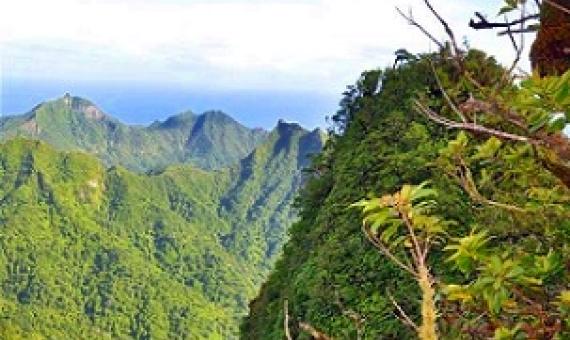Critical Ecosystem Partnership Fund : Ecosystem profile: Polynesia-Micronesia biodiversity hotspot
The Critical Ecosystem Partnership Fund (CEPF) is designed to safeguard the world's biodiversity hotspots. CEPF is a joint initiative of Conservation International, l'Agence Française de Développement, the Global Environment Facility, the Government of Japan, the John D. and Catherine T. MacArthur Foundation, and the World BankIn collaboration with SPREP|Available onlineCall Number: 333.7 CON ,333.95 ECO,[EL]Physical Description: viii, 128 p. ; 29 cm







